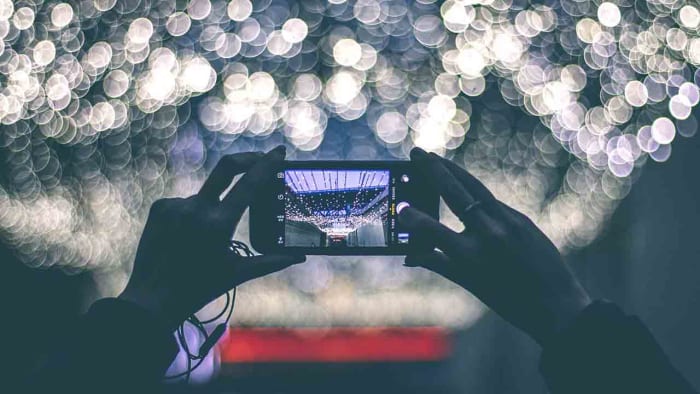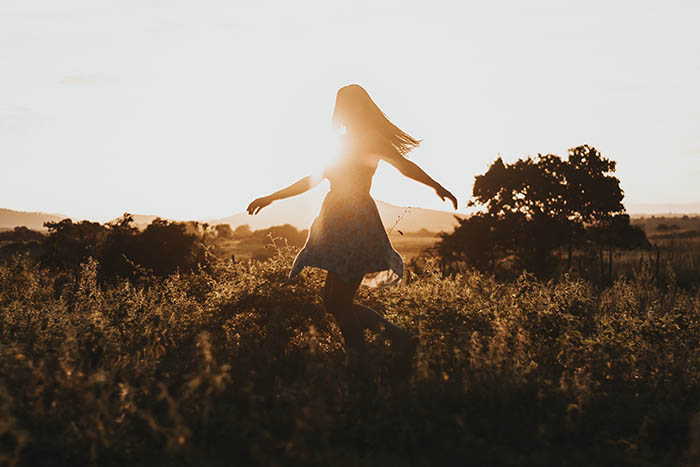Your phone today likely has a camera that is better than the digital camera you used to own just a few years ago. The smartphone camera has long been one of those battleground features that manufacturers have used to try and get one over on their competitors. This is why we now live in a world with AI-infused smartphone cameras with dedicated neural chips and ridiculous 108-megapixel mobile photography rigs.

Technology and hardware, though, is just only half of it when it comes to taking good photos. Sure, having a powerful DSLR camera with a beautiful lens or an expensive smartphone equivalent is one thing but if you don’t know what you’re doing it with, your photos will still come out the same, they’ll just be a little clearer and their file sizes will likely be bigger. Therefore, today we’re going to bring you some basic photography tips and tricks to help you take better photos on your Android phone or iPhone.
Tips on how to take better pictures
If you want to take better photos with your smartphone check out these quick tips below. These simple tricks will help you take photos you’re proud to show other people.
Learn about light
Photography is the art of capturing light. Whatever your light source, the photo you take will only ever be the light your camera captures that has reflected off everything that falls within the field of view of your lens. This means that you have to consider the lighting in your shot as much as you need to consider the subject. This is so important that we’re going to give a few more tips on it.
Avoid direct sunlight

The sun is a very powerful source of light and in most cases, it is so powerful that it is too difficult to control. You see the sun won’t just be lighting up your subject, it’ll also be lighting up your surrounding environment making it hard to clearly define what the photo is supposed to be and, even worse, creating shadows. The brighter the sun, the darker the shadows and you’ll notice this particularly when taking photos of people and faces. On a bright sunny day, stepping into the shadows will give you much more control over what you’re photographing and help you take great photos.
Use the flash during the day
This might sound counter-intuitive but in many situations, it is the perfect remedy to what we’ve outlined above. Your camera’s flash is there to provide extra light on your subject. You can use this extra light fill in the shadows that direct sunlight might be creating on your subject. You see, it is all about the light. Control the light, control the photo.
The magic hours

Our final tip on controlling the light in your smartphone photography is simple but also will help you take fantastic photos. The level of daylight is different throughout the day and there are two magical hours when the natural sunlight will bathe everything you could ever want to take a photo of in warm, beautiful light countered with softer more subtle shades and shadows that help create fantastic photos. The two magic hours in photography are just after sunrise and just before sunset. Make yourself available to take photos during these hours and you’re already well on the way to taking better pictures.
Think about height
Another amazingly simple way you can drastically affect the quality of your shots is to think about the height you’re holding your smartphone camera. It is second nature to grab your camera and hold the viewfinder up to your eye or at least hold it up to see the screen and then start snapping away. If you instead stop and start to think about the level you want the camera to be at in relation to the subject, you’re already beginning to construct the photograph rather than simply grabbing a shot of something that caught your eye.
Start thinking off-center

Another common photography faux pas is to place the subject of your photo smack bang in the middle. Instead, a good rule to follow when you’re taking a photo of something is to think about the rule of thirds. Photographers split everything that will make up a photo into thirds and then decide to place the subject of the photo on one of the lines that would represent one of these thirds. It also works on landscape shots if you think about the elements that make up the shot. This can make photos appear less busy but again it forces you to think more about the photograph as a whole rather than simply considering what you’re taking a photograph of. Fortunately, your camera app will likely have a grid view that will help you break up your shots into thirds.
Focus manually
Auto-focus is great in many situations but learning to focus yourself will help you take your photos o the next level. Focusing is a way to contrast your subject from the surrounding environment and it is all the more powerful on smartphones that have Portrait modes. Portrait modes will blur the background while leaving the subject of the photo crystal clear. This is either achieved through using lens trickery or AI algorithms. Either way, the end result is fantastic and shows you what you can achieve if you focus your shots manually. On smartphone cameras focusing couldn’t be easier, you simply tap the screen where you want to focus and the camera will do the rest.
Practice

Our final tip is the simplest of them all. Take photos every day. It is only through keeping an eye out for potential photos all around you and then trying to capture that image perfectly as often as you can that you will get better. Photography is just like anything else in that practice makes perfect. Take photos and then see which ones you like and which ones you don’t. Follow the tips above and hone your technique and results until you start to see a style you like.


